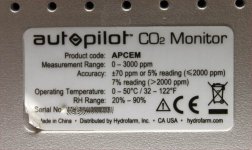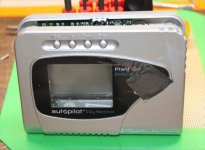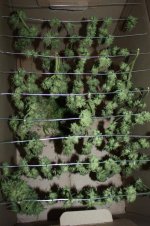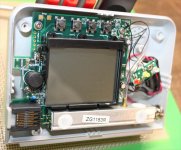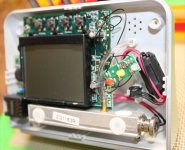M
Mr. Sparkle
Oh nice that's from 2016 even, I wonder if he is still using that home made sensor. If that lasts a year, score.
My later ones using stainless steel rc axle rods "$1 for 20" lasted years and still would probably have a decade+ worth of use on them as they looked pretty much untouched when i stop using them.
The trick with them was throwing the power on an output pin and only turning them on a second or so before your reading then turning them off afterwards, that way any of the electro-corrosion was avoided and the stainless steel avoided normal corrosion. Eventually got down to making my own circuits using attiny85 micro development boards and n channel mosfets with the resistor comparative circuits for watering control and all built onto a small board with screw terminals for the power and pump leads that way they were independant little circuits.
Saying that though i moved onto timed watering cycles instead as my systems allow me to collect and reuse my runoff, and i found i was always tweaking the sensor event points, as your resistance could vary depending on soil/coco contact to particulate size to placement in your pot, to what plant you were reading off of and what stage of life it was in, in the end i went a simpler more effective route with time based system, just have to learn how to read your plants.
I don't use anything arduino based anymore, my main light timing is done with a sonoff and my watering pumps are done with prebuilt cycle timers which are $3 but i do have those running off a sonoff output as how its setup allows me to turn the pumps off at night and power cycling the pump circuit which acts like remote watering, cause as soon as those circuits are powered a watering event is triggered, and then it goes into a countdown mode on the cycle timer till my specified time is over and repeats forever.
Honestly its a way better and simpler method, changes take a couple secs, and all i really change is the time between watering events, and sometimes watering duration, but again takes seconds to change and i don't need to reflash a chip to do so.

